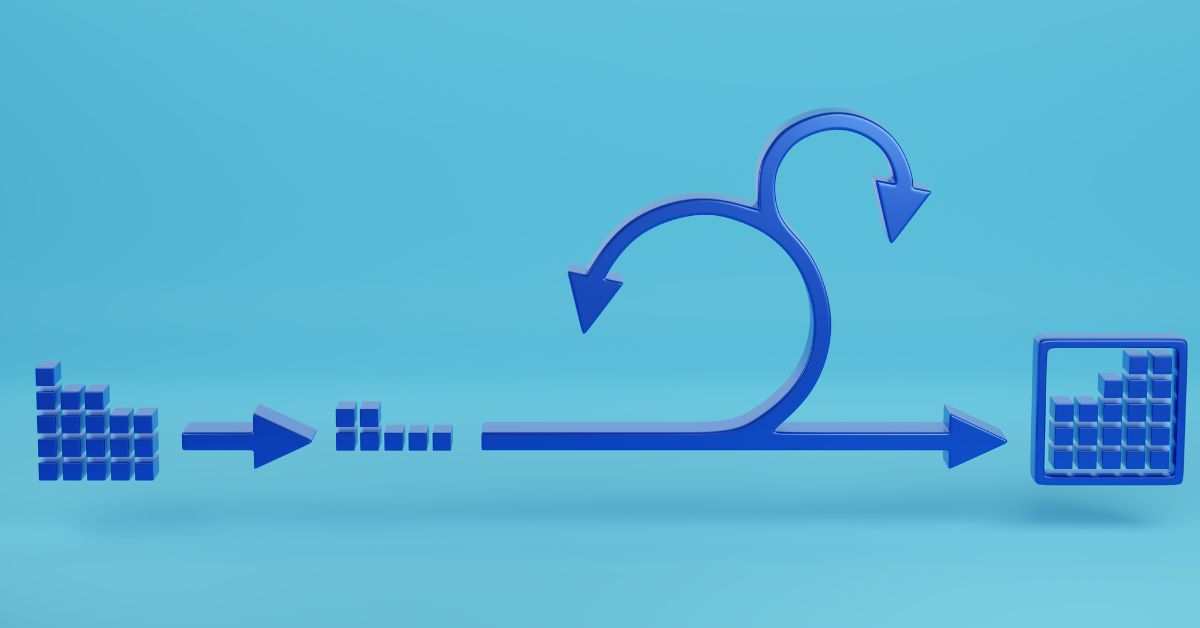
The polarity in the life of a great Scrum Master and every manager- Useful tool for leaders
The complex reality presents many challenges and dilemmas that Scrum Masters and leaders at all levels try to solve using problem-solving techniques. Yet dilemmas are different from problems. While problems have a good answer or solution, dilemmas have more than a single good answer.
We are all familiar with dilemmas like Centralized vs. Decentralized, Cross-functional vs. Professional-focus, Quality vs. Speed, Individual improvement vs. Team improvement, Continuity vs. Transformation, Task-focus vs. relationship-focus, and many more.








